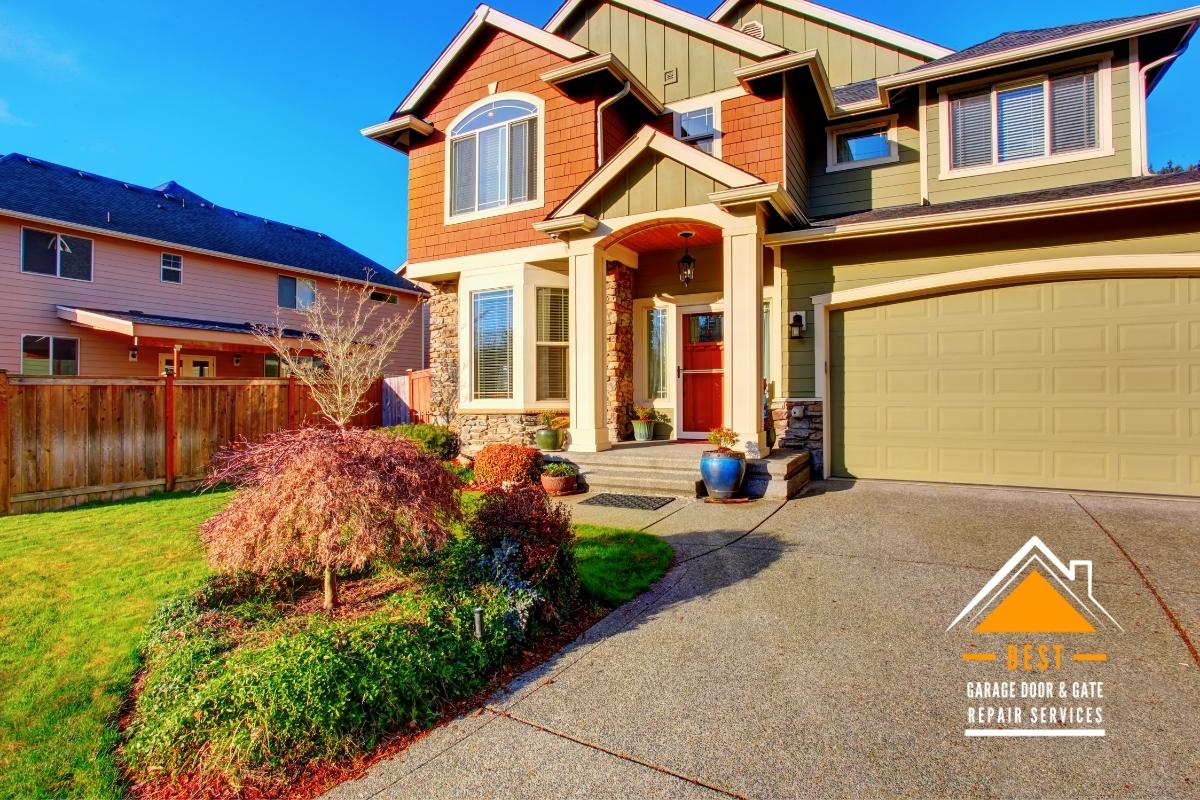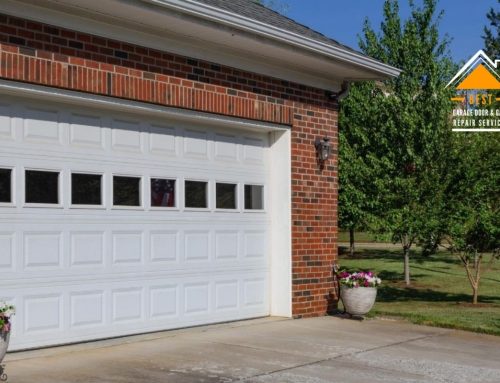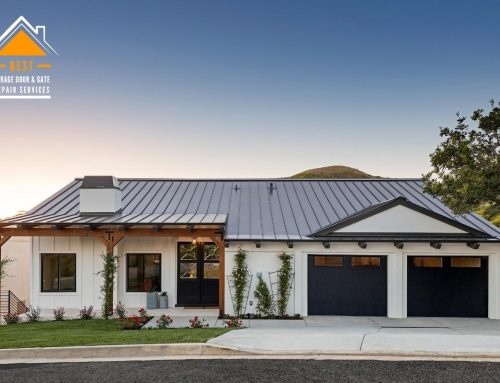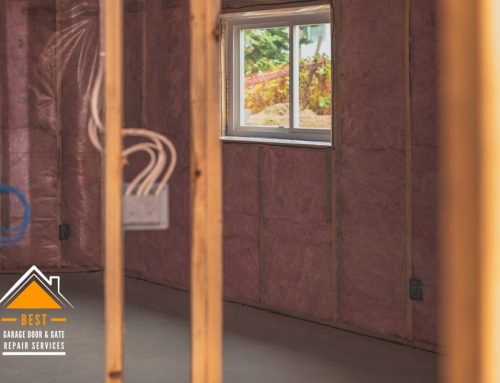If you have observed water, mud, or rodent droppings in your garage, the issue is likely due to a malfunctioning garage door.
While all garage doors have a lower seal to prevent water, wind, dirt, heavy snow, and unwanted visitors, the seals may disappear over time. In more severe circumstances, the concrete floor or driveway apron beneath the door can shift, crack, or settle, leaving enormous gaps beneath the door that ordinary seals can’t fill.
The bottom door seal and the weather-stripping on the stop molding along the sides and top of the door are commonly added or replaced when weather sealing a garage door. If you want your door to be as sealed as possible, you may wish to place thin weather-stripping between the door panels.
Here are three ways to weather-seal your garage door.

Importance Of Weather-Sealing Your Garage
Table of Contents
Importance Of Weather-Sealing Your Garage
It’s also important to weather-seal your garage to protect your house from harmful factors like heavy snow, rain, hail, and wind. Water may freeze in your garage, causing water and ice damage to the floor and perhaps leaking into your living rooms.
Weather-sealing your garage door may be a do-it-yourself job if it is in excellent working condition. At times, the garage door may require a gasket replacement, adjustment, or another form of repair.
You may want to hire a professional garage door installation company to conduct the process because your garage door must work and seal properly.
-
Garage Door Bottom Seal
The bottom seal of a garage door is a long vinyl or rubber strip which adheres to the garage door’s bottom edge. The flexible material contracts when the door closes, sealing the gap along the floor and keeping water, dirt, cold breezes, and creatures out. While you can see daylight below the bottom of the door when it’s closed, it’s time to replace the bottom seal.
- A standard strip-style seal with sloping edges is often used to cover the gate’s front and the ground on wooden garage doors. Roofing nails usually galvanized or aluminum, are used to install them.
- On the bottom of most metal garage doors is an aluminum channel that contains a U-shaped rubber gasket, sometimes known as a T-style or astragal seal.
- For installation, the gasket slots into two little tracks on the channel. You can also utilize this gasket by installing a metal gasket channel into a wood garage door. The nicest thing about U-shaped gaskets, aside from their ease of installation, is that they come in various sizes to seal gaps of varying heights. This method can easily fill large gaps caused by sinking or Damaged Garage Floorboards.
-
Garage Door Threshold Seal
A threshold seal performs the same function as a garage door’s bottom seal, except it is attached to the garage floor rather than the door. Thresholds can be used independently or in tandem with a door seal. When a driveway slopes down into a garage, thresholds are frequently utilized to keep surface water out. They can also be used to fill a huge space beneath a door.
A threshold seal made of high-quality vinyl can last longer than a door seal. It’s held in place with an adhesive that comes with the threshold.
Remember that thresholds prevent water from running out of a garage and in. If you want to hose down your garage, this can be inconvenient.
-
Garage Door Stop Weather-Stripping
Wind and rain may enter the garage from the sides and top of the garage door. Rubber or vinyl weather-stripping is frequently used on the wood door. Stop molding attached to the door jamb and nearly reaches the front face of the door to avoid this.
- If your garage door doesn’t have weather-stripping or if it has old, worn stripping that no longer seals against the door, install new weather-stripping on the door stops.
- Weather-stripping is now available in rolls, which you may cut to length with a utility knife. It’s fastened together using galvanized nails or screws. The weather-door-side stripping’s flange should press against the door to achieve a good seal.

Should a Garage Door Be Sealed?
Bottom Line
Employing a professional is always a good idea when you need help with a garage door. Consider employing Best Garage Door’s professionals to assist you with replacing and installing the new weather seal, which you can discover using their distributor directory.
Having one of their contractors come out to you will help you avoid future problems caused by an unauthorized dealer or a DIY job that does not turn out as planned. Their garage door professionals may perform a thorough assessment or have you brought in exact measurements to get the weather seal you require. Don’t hesitate to call a contractor and watch for Best Garage Doors.
See Also: Should a Garage Door Be Sealed?






Leave A Comment